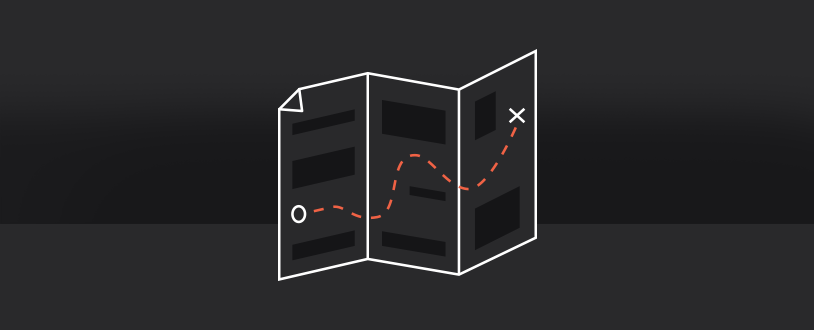Content Procrastination: Don’t Do It!
Bill Casey CEO & Partner#Digital Marketing, #CMS, #Design

Ensure a successful and timely launch of your redesign project by putting together a proper content strategy first.
Not to sound alarmist, but getting your content in order is critical to any successful redesign, so don’t wait until the end to handle it! We’ve seen too many website launches delayed for months and months, even as much as a year, because the content strategy was left to be addressed after delivery of a finished shell website. Whatever your concept is for the amount of content work required, its best to assume it will be way more than you expect.
Start from Day One
- Content audit - document all of the content you currently have and determine how it will fit into the new website. Include current URLs, new URLs (if changing), and categorization (taxonomy)
- Rewriting - If your old content needs to be refreshed, identify all the pages that need to be rewritten and start the process right away.
- New Content - Identify all the new content areas that need to be created and the authors that will create them.
Migrating Content from Another CMS
- Hard-coded HTML - We’ve seen this time and time again. Somewhere along the line, raw HTML markup was either written by hand or copied into the CMS, usually as a table or side column for some special call-out. What ends up happening is the content no longer will fit within the new templates being developed or violates the new style guidelines. Usually, the best way to handle this is to manually strip out the offending markup, page by page.
- Responsive issues - Your new website should incorporate Responsive Design, but your old content may not be compatible with this. Fixed width content areas, tables, images - any of these could skew your otherwise perfectly responsive site. Again, this is generally a manual update to each piece of content that is affected.
- Import glitches - Even when the markup is clean and responsive conflicts are handled, sometimes the act of moving content from one database table to another can have unexpected issues. Unique character types may be displayed differently in the new CMS, random spacing issues may appear, meta data may not map correctly to the new structure. Whatever the case may be, moving mass amounts of content between systems may still require mass amounts of fixing and fine-tuning. And all of this takes TIME.
Involve an SEO Strategist Early
- Content quality - ensuring any new or rewritten content is relevant and supports existing SEO strategies
- Back links - A large part of the ranking equation is found with the number and quality of sites linking to your site’s content. Ensuring that these links remain intact is extremely important.
- Page naming and meta data - Even the basics of SEO are sometimes overlooked. Descriptive page names and quality meta data are an important component to maintaining search rankings.
- 301/302 redirects - If the redesign requires page name changes, setting up the appropriate redirects to make sure Google doesn’t see a bunch of 404’s from its index is essential.
Related Posts
Don't Go Chasing Waterfalls: How Agile Makes Complex Web Projects Enjoyable
Learn how Agile methodologies streamline complex web projects, improving team collaboration and project outcomes for a more enjoyable development experience.

4 Ways to Avoid Disaster When Migrating CMS Platforms
If you have ever migrated from one content management system (CMS) or eCommerce platform to another, you know how many unexpected issues can occur during the migration process.
Results Matter.
We design creative digital solutions that grow your business, strengthen your brand and engage your audience. Our team blends creativity with insights, analytics and technology to deliver beauty, function, accessibility and most of all, ROI. Do you have a project you want to discuss?
Like what you read?
Subscribe to our blog "Diagram Views" for the latest trends in web design, inbound marketing and mobile strategy.
